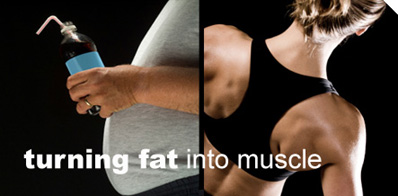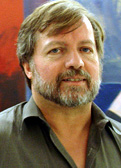Turning Fat to Muscle: A Conversation with Growth Factor and Cell Differentiation Expert Rik Derynck

Science thrives on discovery. And if you look at the number of papers being published in scientific journals and online, not to mention all the scholarly discussion they generate and bloggers they feed, discovery is booming.
Sometimes, though, the most thought-provoking, wondrous findings don’t penetrate the public consciousness. One such body of work has to belong to Rik Derynck, PhD, co-director of UCSF’s Institute for Regeneration Medicine and director of the Program in Craniofacial and Mesenchymal Biology.
Derynck, one of Europe’s first genetic engineers, has built a distinguished UCSF career studying transforming growth factors alpha and beta. Over the years, Derynck has tracked the role of these growth factors in everything from cancer’s growth and spread to tissue regeneration, cell differentiation and regulation of the immune system.

Rik Derynck
At the same time, he has zeroed in on so-called mesenchymal cells, a class of adult stem cells that differentiate (thanks to the influence of transforming growth factors) into fat, bone, muscle, cartilage and connective tissue.
Think about this for a moment. Fat and muscle, bone and fat, muscle and cartilage – they all start with the same kind of cell. Knowing how to control the signals that lead to each kind of tissue opens the door to all sorts of exciting possibilities. Derynck and his colleagues have come close to not only opening that door, but knocking it down. Indeed, a number of successful experiments in the last decade have conjured what Derynck calls his “dream scenarios.”
Imagine, for example, being able to extract pre-fat cells through liposuction, modify them slightly and then use them in patients suffering from degenerative diseases to develop new muscle or bone. As for the more commercial potential, well, consider what would happen in today’s America if there were a cosmetic treatment that could turn fat cells into muscle.
It sounds far-fetched now, but Derynck predicts that therapeutic uses will be a reality within a decade. The same is true of new treatments to block the spread of cancer. If so, the sound of joy will then be too loud to miss.
Alternative content